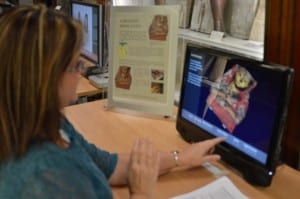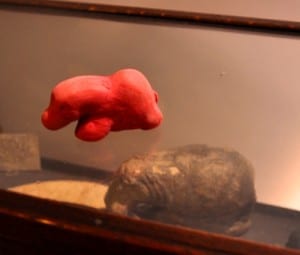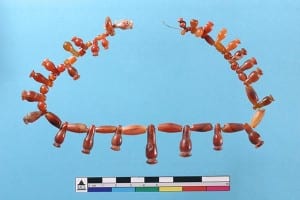The Fellowship Continues
By Edmund Connolly, on 15 January 2013
A new year has begun and our Fellows are now developing their projects back in their respective institutions. The Cultural Heritage Fellowship, which was established in 2012, aimed at promoting and analysing means of community engagement in cultural institutions in the MENA region. With Fellows from such a range of countries and institutions the projects are developing in unique and original ways. Following from our post last year, I will briefly profile our Jordanian Fellows, Nada Sheikh-Yasin and Mohammad Shaqdih.
Mohammad Shaqdih started as the Education Officer at Darat al Funun, a pioneering institution for Jordanian and Arab world arts and artists, and now is the Assistant Director for the Outreach Program. Founded in 1993, Darat al Funun has a holistic melange of facilities, including library, gardens and performance spaces, as well as the exhibition galleries and workshops. The current exhibition, “The power of the word”, uses pieces from the private collections from more than 20 artists from a mix of Arab Countries (such as Muna Hattoum, Rashid Quraishi, Lila Shawwa, Adel Abdin etc.). By choosing artworks that include words and writings, this lively collection seeks to: “provide the public with a bird’s eye view of works of art created by Arab artists and gives the opportunity to witness, as closely as possible, the development of the Arab Art Movement”. With a background in graphic design and a degree in Applied Arts, Mohammad proved a very insightful Fellow, with experience of working on both side of the art industry, as artist and, now, Director. (more…)
 Close
Close








